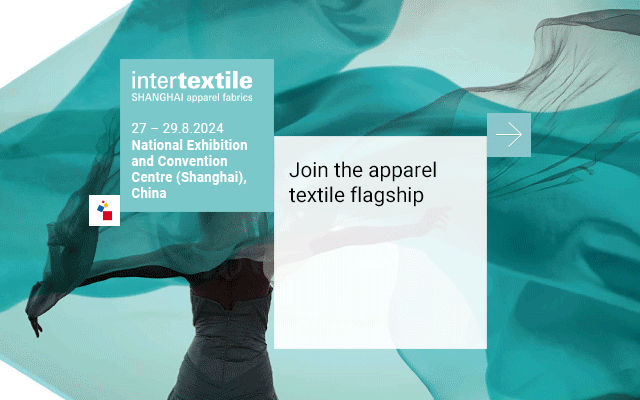Microscopy today offers the fibre scientist far more than the mere ability to observe magnified images of his specimens and has become a diverse and complex branch of physical investigation encompassing many previously separate technologies.
New types of microscope are now available commercially - the con focal light microscope, the scanning tunnelling and atomic force microscopes and the environmental scanning electron microscope amongst the most important. Each of these offers exciting possibilities for the study and investigation of textile materials, and when combined with the capabilities of the more established 'traditional' methods the analytical and experimental power of the microscope has never been greater.
Techniques of recording images and information are also changing, thanks largely to the development of high resolution CCO cameras and digital signal processing.Electronically acquired, processed and edited images are now 'routine' and occupy negligible storage space. The coupling of instrumental analysis techniques to the microscope has added another dimension to microscopy available computing power and the intense monochromatic coherent photons of laser light have enabled the microscope to be used to provide micro chemical information on fibres. The use of Fourier Transform Infra-Red and Raman spectroscopies is certain to expand, and they have already been used to investigate some of the newer fibres.
About the Author:
Mrs. Pooja M Katkar is an Assistant Professor of Textile Technology at the D.K.T.E Textile and Engineering Institute at Ichalkaranji
Nitin Shyamsunder Dhoot is pursuing M.Text in Textile Technology from the D.K.T.E Textile and Engineering Institute at Ichalkaranji
Originally published in the 'Textile Review', April, 2012














Comments